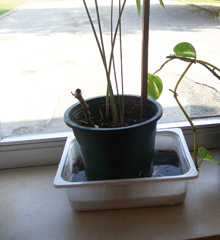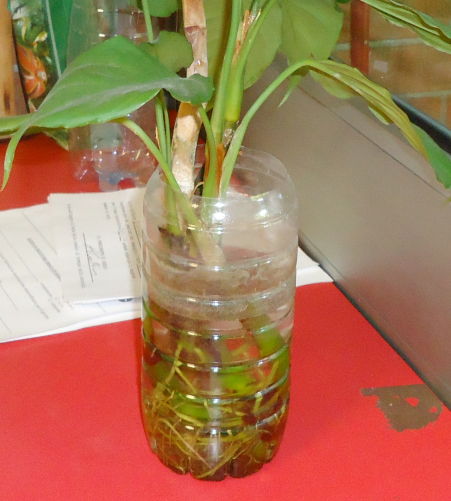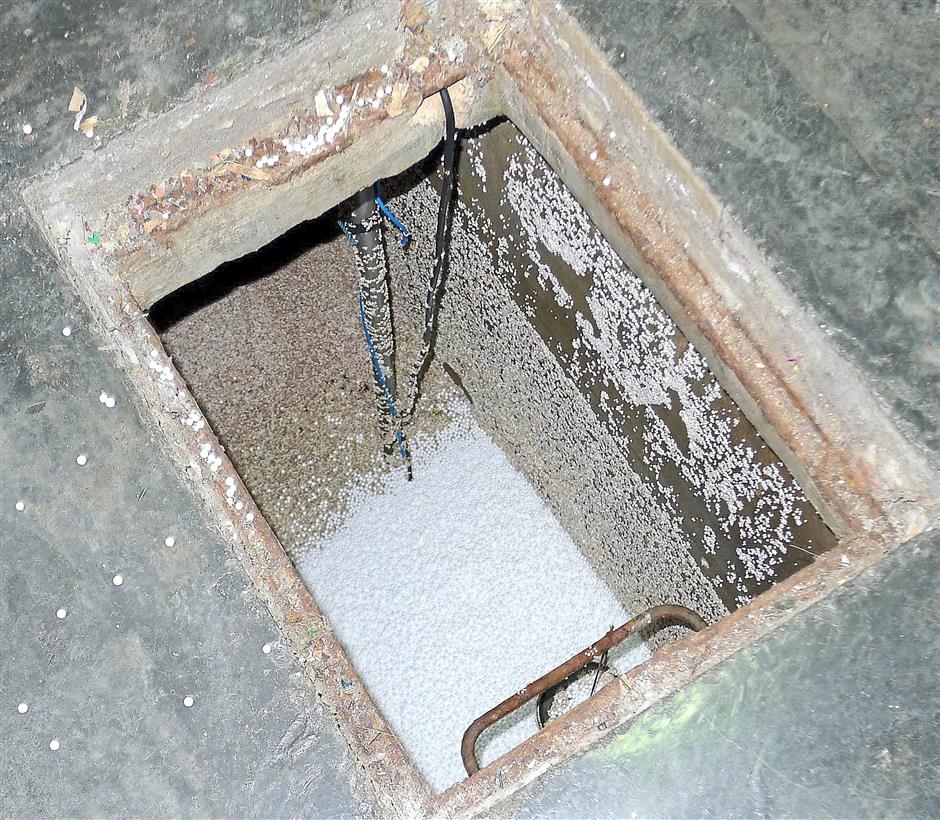Preventing mosquito development in our home
It is the Asian tiger mosquito above all that finds development opportunities near or even inside out homes. Pots of aquatic plants (e.g., papyrus, water lilies, lucky bamboo, etc.), or stem cuttings, saucers with water residues, air conditioner collection trays, humidifiers for radiators, are all frequent places where the mosquito can find a breeding ground. This could be in homes, schools, and offices; this is more common on the lower floors where it is easier for the female to bite and lay her eggs.
In order to prevent this type of infestation, the aforementioned containers must be completely emptied at least once a week. An abrasive sponge should then be carefully used to clean them to eliminate any eggs laid.


Even the common house mosquito can find development opportunities in many domestic places. Its urban form (Culex pipiens molestus) prefers standing, underground water as breeding sites, such as water collected in crawl spaces, interspaces, cavities, cisterns, cellars subject to flooding and so on. These sites are all ideal for the mosquito as long as the water is not too cold and moreover, if the environment is rich in organic matter.
In these cases, it is often difficult to intervene with the standard larvicidal products. However, it may be easier to eliminate the problem once and for all with physical interventions. In fact, if it is possible to identify all the access routes to the hypogeum used by adults (windows, holes, open pipes, etc.), then it is sufficient to close them off permanently with mosquito nets, stucco, or other solutions studied case by case depending on passage and its use. In this way, newly born mosquitoes are prevented from biting potential hosts and the pregnant females from laying eggs, therefore effectively interrupting the development cycle. Beware though, mosquitoes are exceedingly small! It is imperative to find every small hole and carefully close all accesses.

An alternative solution is to adequately cover the entire flooded surface with polystyrene beads. If the body of water is covered completely, it will prevent mosquitoes from landing on it to lay their eggs, and larvae and pupae from rising to the surface to breathe.
Last modified: Feb 2021



